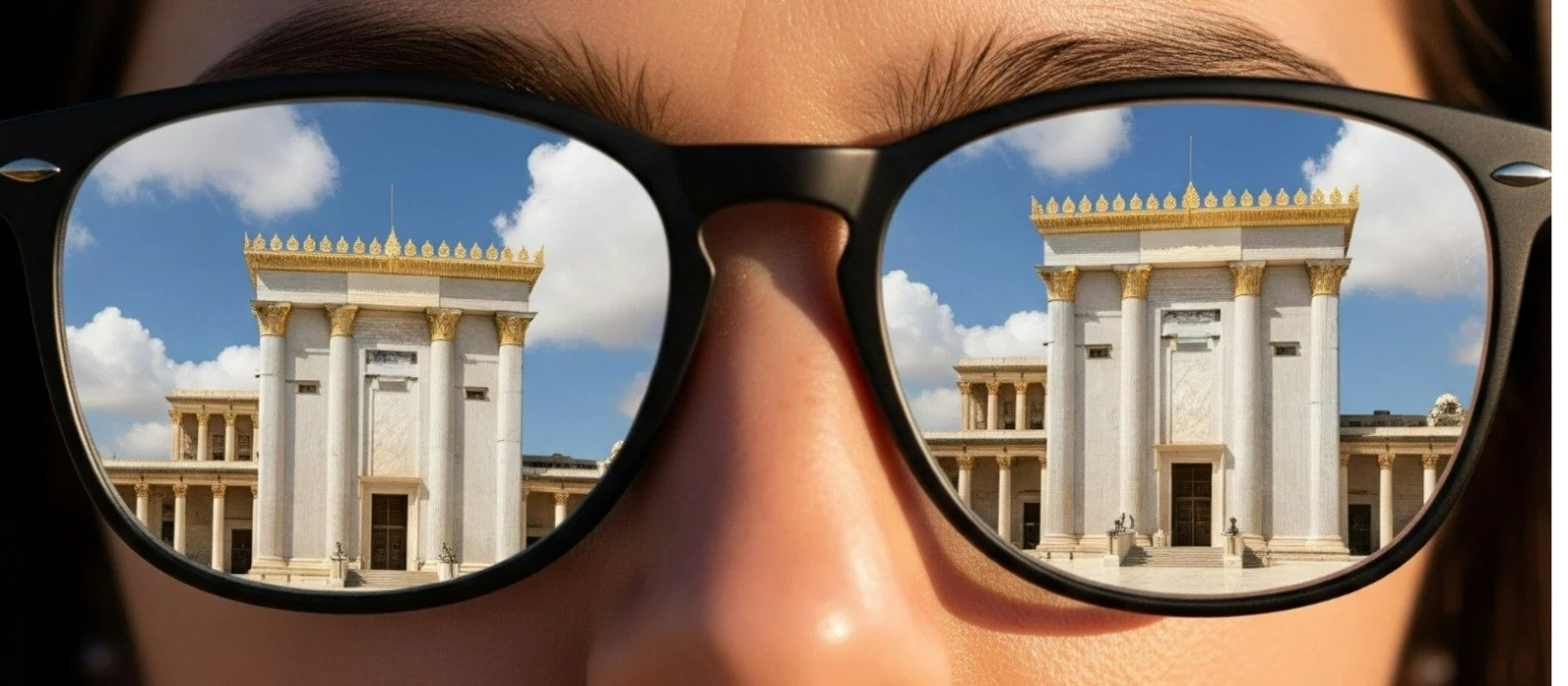AI & Visionary Thinking
In the 1980s and 1990s, most of the AI world had moved on from neural networks. These systems—designed to mimic the brain's structure—were dismissed as inefficient, shallow, and impractical. The dominant trend was symbolic AI: logic-based systems engineered to follow programmed rules. It was neat, controllable, and explainable—but it couldn't learn or adapt.
Geoffrey Hinton thought differently. He believed that the brain-like structure of neural networks held the key to true intelligence. While others abandoned them, he quietly refined his ideas, waiting for computing power and data to catch up. In 2012, that moment arrived.
Hinton and his Jewish students, Alex Krizhevsky and Ilya Sutskever, entered the ImageNet Visual Recognition Challenge—a global competition to test machine vision on millions of images. Their entry, AlexNet, crushed the competition, outperforming other systems by a massive margin.
This moment stunned the AI world. Deep learning had gone from a fringe theory to a revolutionary reality. Sutskever ultimately co-founded Open AI and played a key role in the development of ChatGPT. The modern AI boom was born.
What made this possible? Vision.
Where others saw limits, Hinton saw potential. He didn't just follow trends—he imagined a different future and worked to build it. That's the hallmark of a visionary.
Visionary Thinking: Not Just for Geniuses
Visionary thinking is not limited to tech pioneers or scientists. It's a mindset anyone can develop. Visionaries ask: What if? What could be? What lies just beyond what we see?
They don't merely react to the world—they reimagine it.
Moses: The Translator of Eternity
This week we begin the book of Devarim (Deuteronomy). Moses, nearing the end of his life, delivers his final address to the Jewish people. The Talmud notes that he translated the Torah into seventy languages. But why? Everyone spoke Hebrew—what was the point?
Moses wasn't just translating words. He was translating purpose.
On a deeper level, he foresaw a time when Jews would be scattered across the globe, navigating diverse cultures and worldviews that might seem at odds with Judaism. His act of translation was an invitation: to find relevance, meaning, and connection in the Torah no matter where we are or what language we speak.
Moses understood that modernity wouldn't be a threat to Judaism—it would be an opportunity. He empowered us to bring divine values into our marriages, communities, careers, and worldviews. The challenge of progress is not to retreat, but to translate—to make G-d's timeless wisdom speak in the language of our time.
The Rebbe and the Joy of Judaism
That same spirit lived on in the Rebbe, Rabbi Menachem Mendel Schneerson. He saw a Jewish world emerging from the ashes of the Holocaust and Soviet repression. Yet rather than focus on pain or merely preserving the past, the Rebbe envisioned a joyous Jewish revival.
Famed author Elie Wiesel recalled a conversation with the Rebbe in the 1960s. After sharing his deep emotional numbness following his father's death in Buchenwald, Wiesel asked the Rebbe to help him cry again. The Rebbe's response?
“That's not enough. I shall teach you to sing.”
The Rebbe wasn't blind to suffering—he had lived it. But his vision went further. He believed that the Jewish future would not just survive—it would sing. He taught that this world is G-d's garden, filled with divine beauty waiting to be revealed. His leadership, like Moses before him, was about giving people a lens through which to see not only what is—but what could be.
Shabbat Chazon: A Vision for All of Us
This Shabbat is called Shabbat Chazon, the “Shabbat of Vision,” named for the prophecy of Isaiah read in this week's Haftorah. It speaks of destruction—the fall of Jerusalem and the loss of the Holy Temple—events mourned on Tisha B'Av (the 9th of Av), which begins this Saturday night.
But even here, Judaism teaches us to see differently.
The Jerusalem Talmud teaches that on the day the Temple was destroyed, the soul of Moshiach, the future redeemer, was born. Hidden in the ashes of loss was the seed of hope.
The Chassidic master, Rabbi Levi Yitzchak of Berditchev, explained that on this Shabbat, every Jew is shown a vision—the future Third Temple. He shared a parable:
A father sews a beautiful garment for his son, who tears it. The father makes another—again, it's ruined. He makes a third, but only shows it to the child from time to time, saying: “When you're ready, it will be yours.”
The vision inspires the child to grow, to change, until he is prepared to receive his garment.
On Shabbat Chazon, our souls glimpse that vision—not just of the Temple in Jerusalem, but of our role in shaping the future. This vision becomes internalized, shaping our actions. Even if we're not consciously aware, our soul is moved—and that influence flows into our behavior, our relationships, our choices.
And because the Third Temple is eternal, the vision planted in us is lasting. It's not a fantasy—it's a calling.
So let us respond to this vision. Let us do one more mitzvah. Let us give extra charity. Let us celebrate this Shabbat with joy, together with family and friends, and let us pray for the safety of our brothers and sisters in Israel and around the world.
As the prophet Zechariah (8:19) proclaims, in the time of Redemption, the 9th of Av will be transformed from a day of mourning to one of celebration.
May we merit to celebrate that day—together, in Jerusalem.


